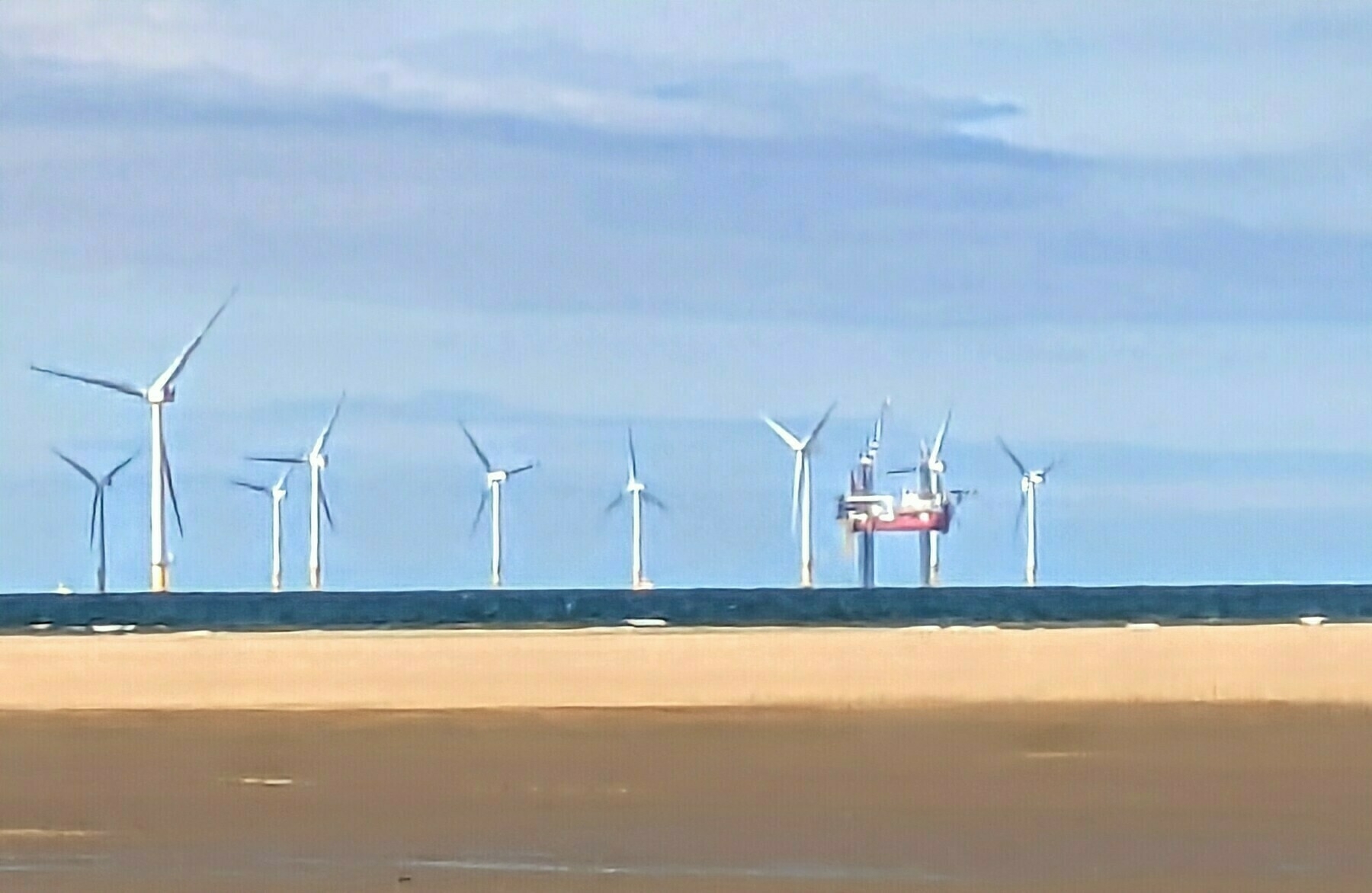Remarkable win by Dan Evans in the US Open. 🎾
Moorhen chicks sadly down to three, two of which shown here.
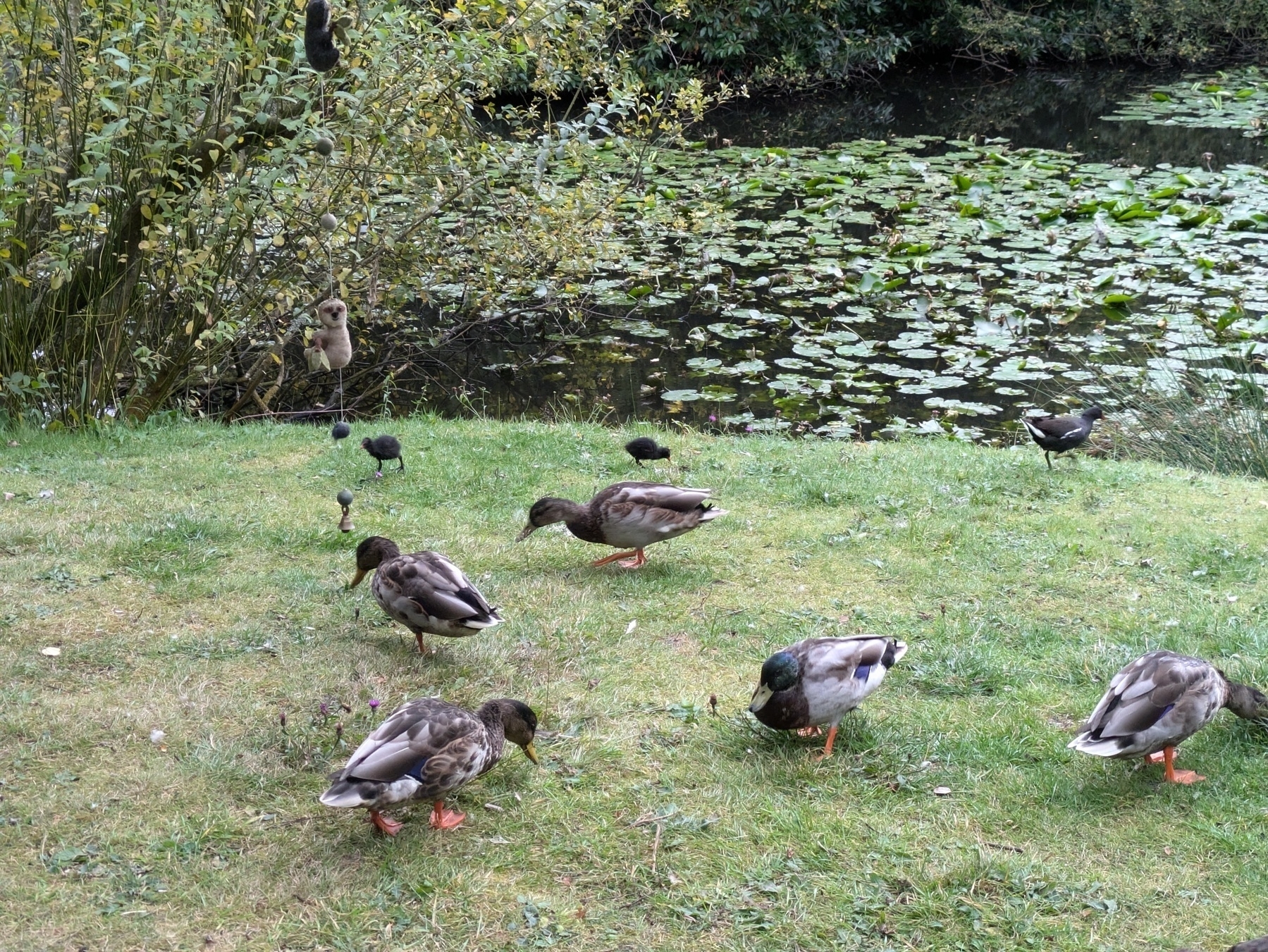
Decided to consolidate my blogs and downgrade from Premium, hopefully to add a little focus. Please excuse the mess. 🚧
View of the walled garden at Royden. Unfortunately closed by the time we got there so this is a peek through gates.
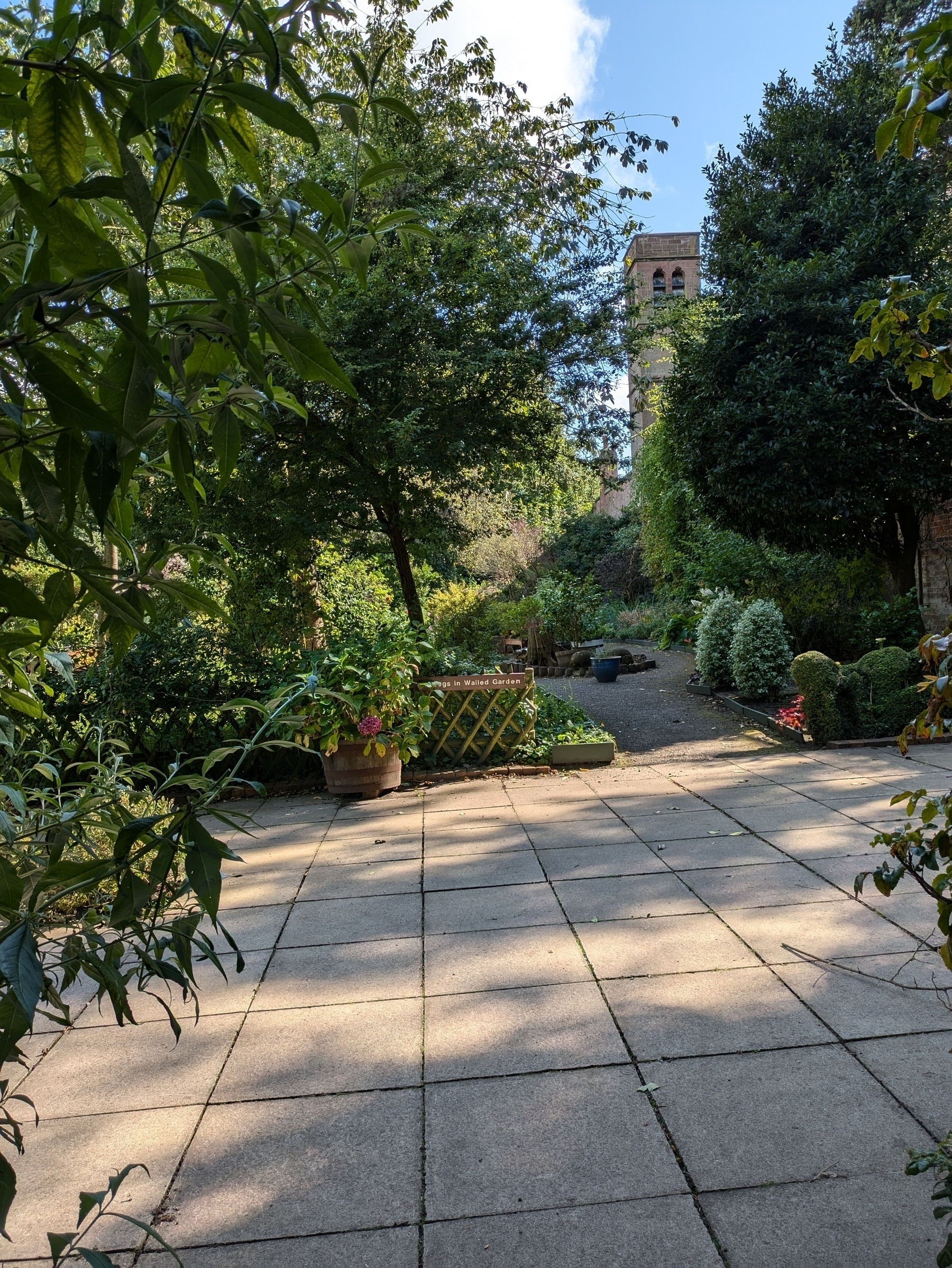
A lot of fallen leaves in the wake of Storm Lillian but nothing else major I could see this morning. Crops seem to have weathered it okay.
Three of the now four moorhen chicks came onto the bank along with their parents and juvenile sibling who I think is helping feed them.

Just watched Children of Men. Saw it in the cinema on first release. What a remarkable movie it is. 🎥🍿
Just finished season 9 of Suits. Yes, I know, better late than never. 📺
Giving pliability a whirl as it covers an area I’m deficient in at present. Liking it so far but not sure whether I’m in it for the long haul.
Started listening to A History of the World in 10½ Chapters by Julian Barnes. 📚
Watched The Fall Guy over the past two nights. General feeling was that it improved as it went on. Very much a tribute to the profession and presumably the original TV series which I haven’t seen.🎥
Super low-level flypast by a flock of greylag geese during this morning’s perambulation. Wish I had a photo to share.
Finished The Noise of Time, a fictional biography of Shostakovich by Julian Barnes. Warmed to it eventually after the non-linear timeline began to make sense. Interesting rather than enjoyable perhaps given the backdrop of a deeply repressive regime.📚
Sweetcorn in a local field. Not a crop I recall from my youth or even a decade ago for that matter. Climate change perhaps?
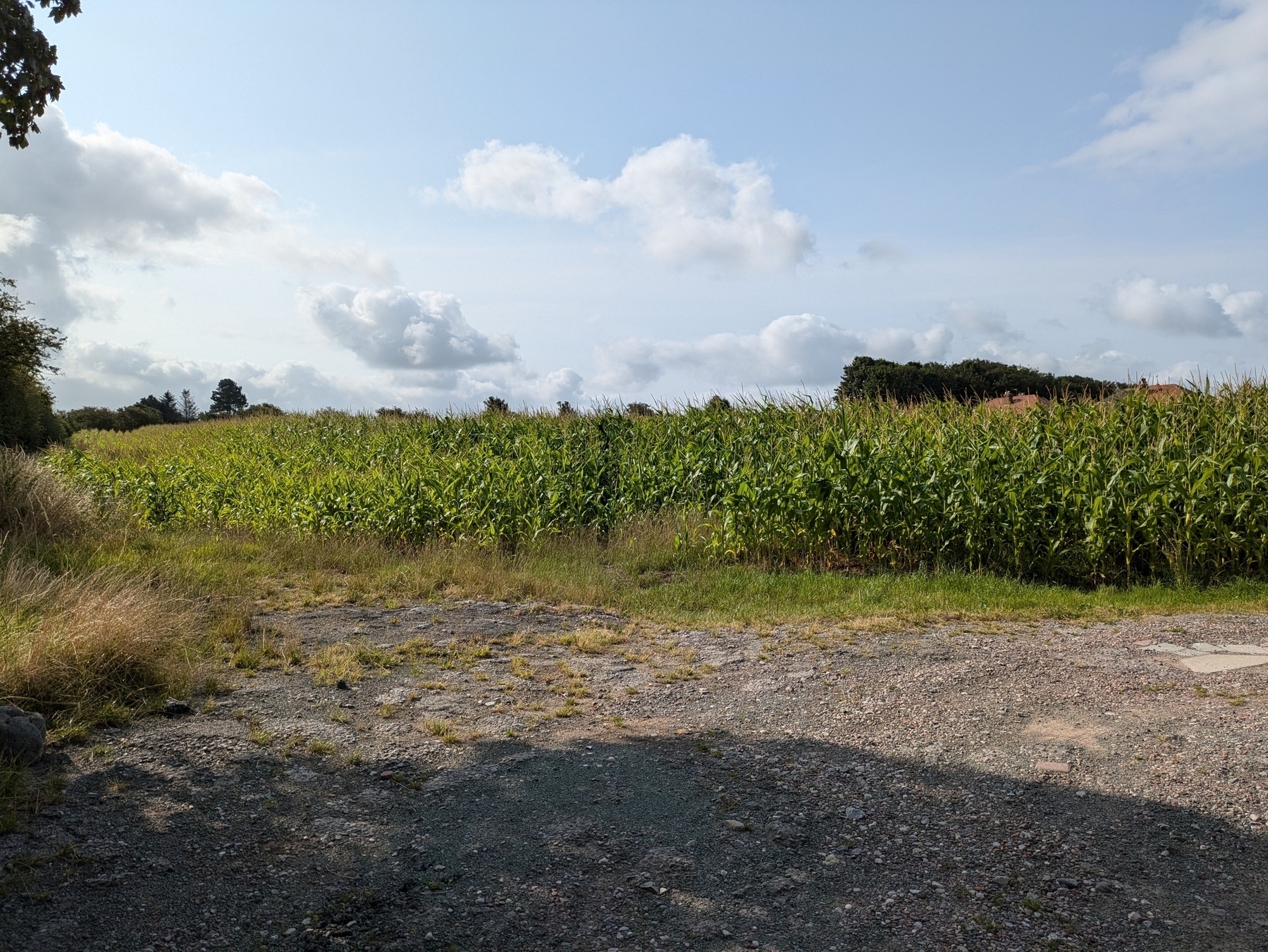
Listening to The Noise of Time by Julian Barnes. Not sure about this one.📚
Not a great photo but I hope you can see two infant moorhens, one at the top, the other at the bottom. The parents have been passing on food for the past 4-5 days but this is the first time I’ve seen the offspring out and about. It’s awkward feeding them as they’re wary of the mallards.

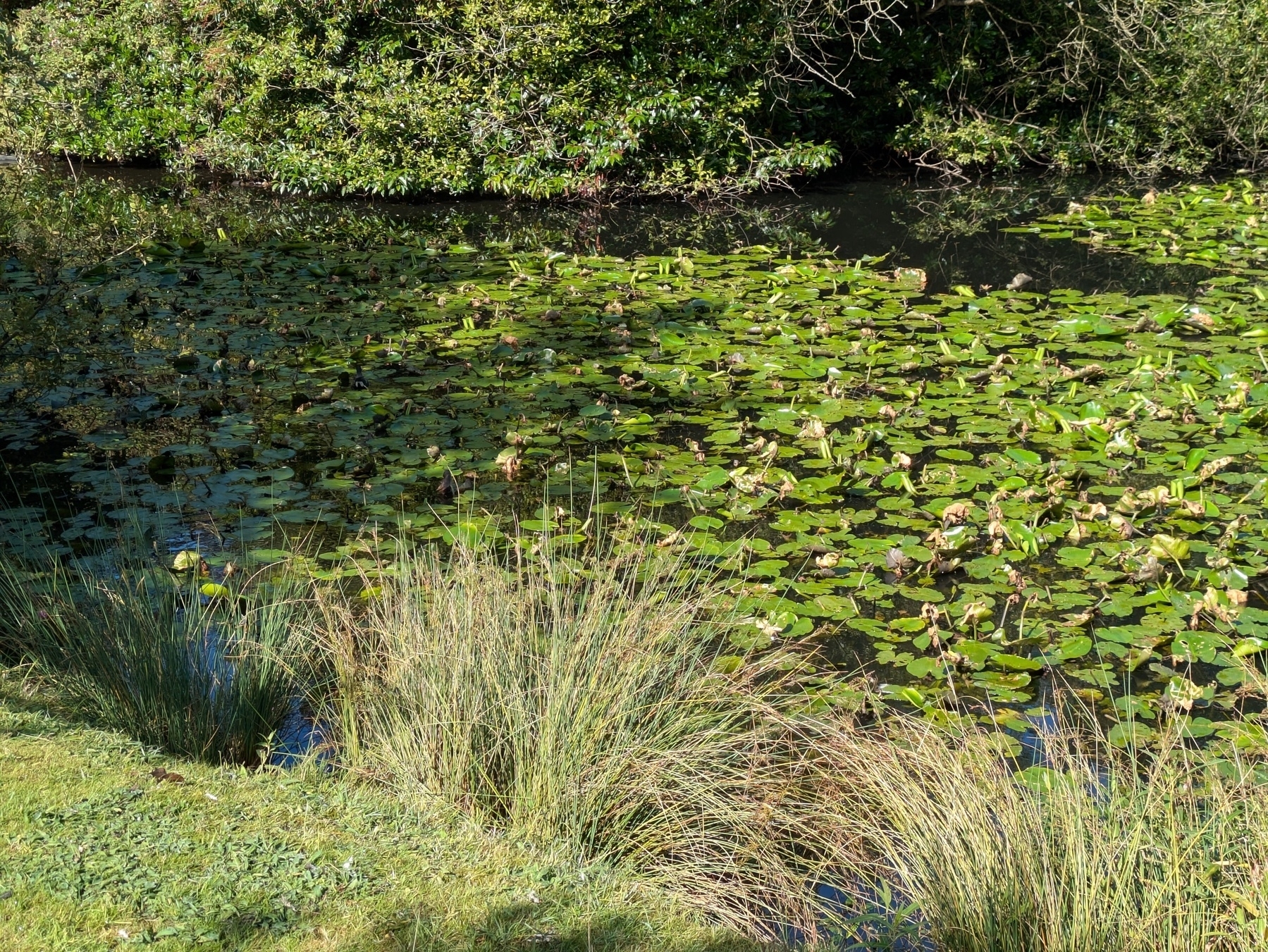
Good summary of current COVID situation in UK looking forward to winter. Concerning. theconversation.com/covid-why…
Finished listening to The Man in the Red Coat by Julian Barnes, an extended and enjoyable riff on the life and times of French gynecologist Samuel Pozzi, his family, friends, acquaintances and general milieu at the time of the Belle Epoque.
An overcast, somewhat rainy day. Contrary to the old adage, there were no ducks in evidence. A few of the trees are starting to turn.
Also, a quick visit to the Williamson Art Gallery to see some new and refreshed exhibitions.
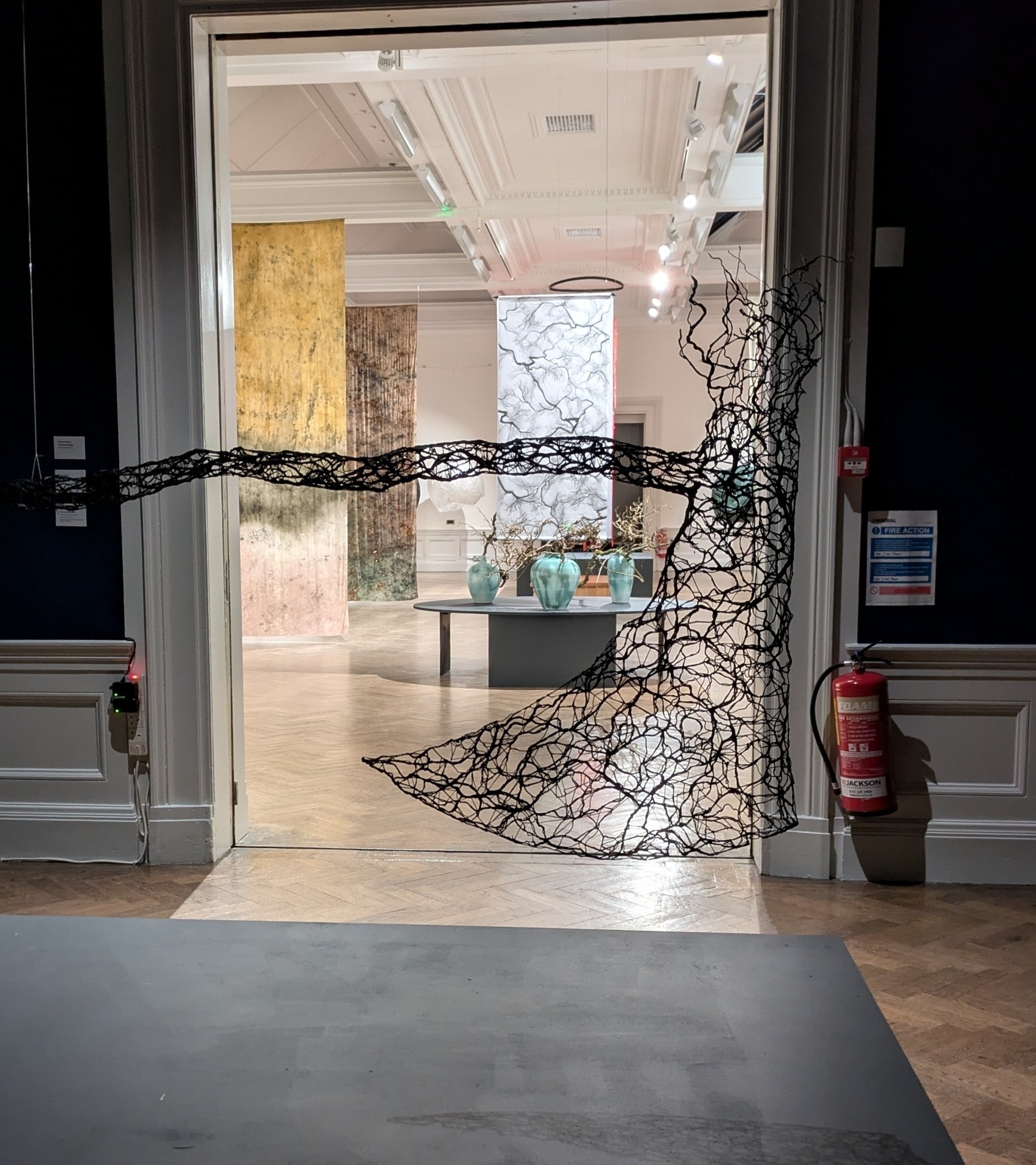
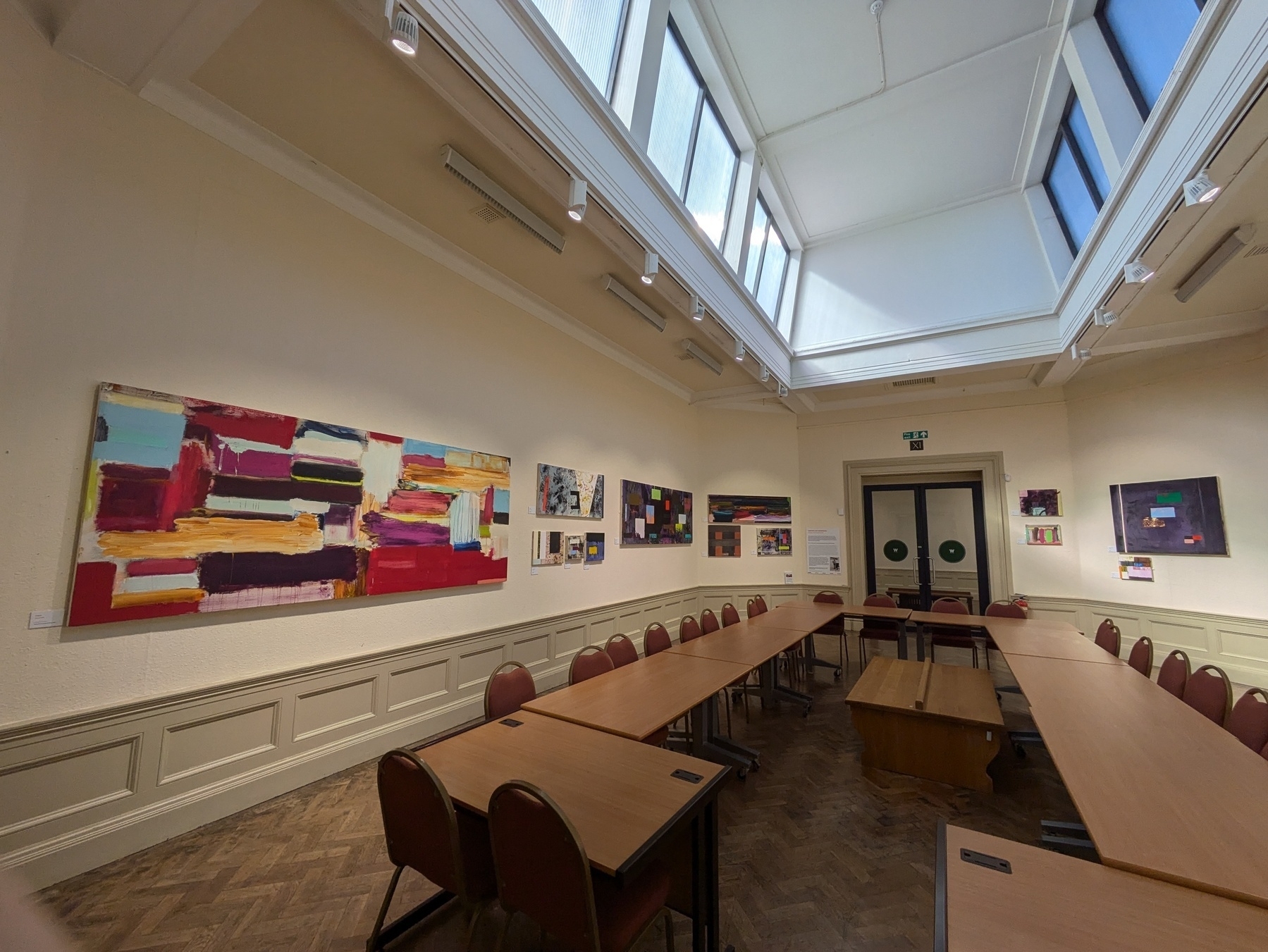
Lovely day for a walk around Birkenhead Park.
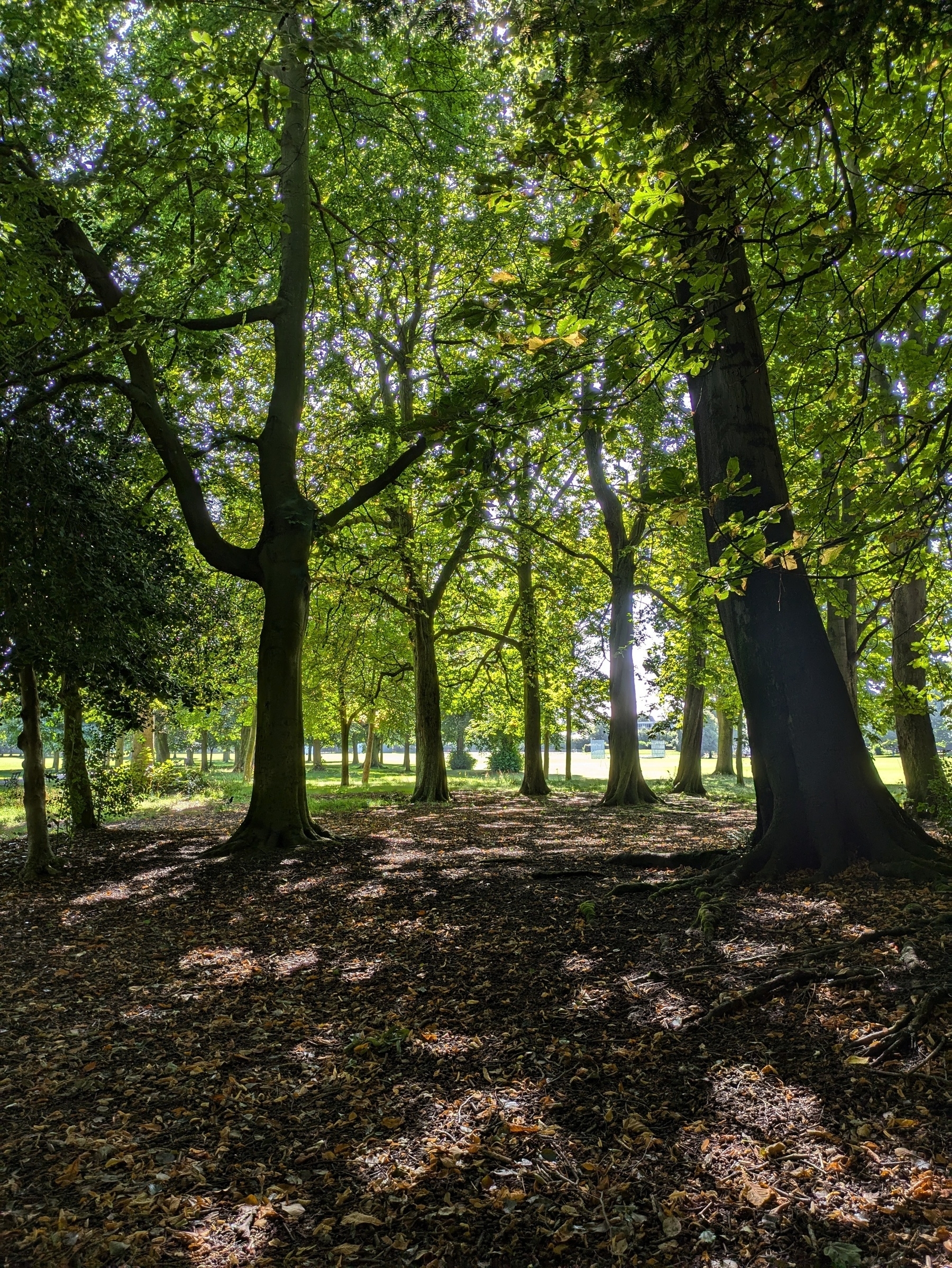
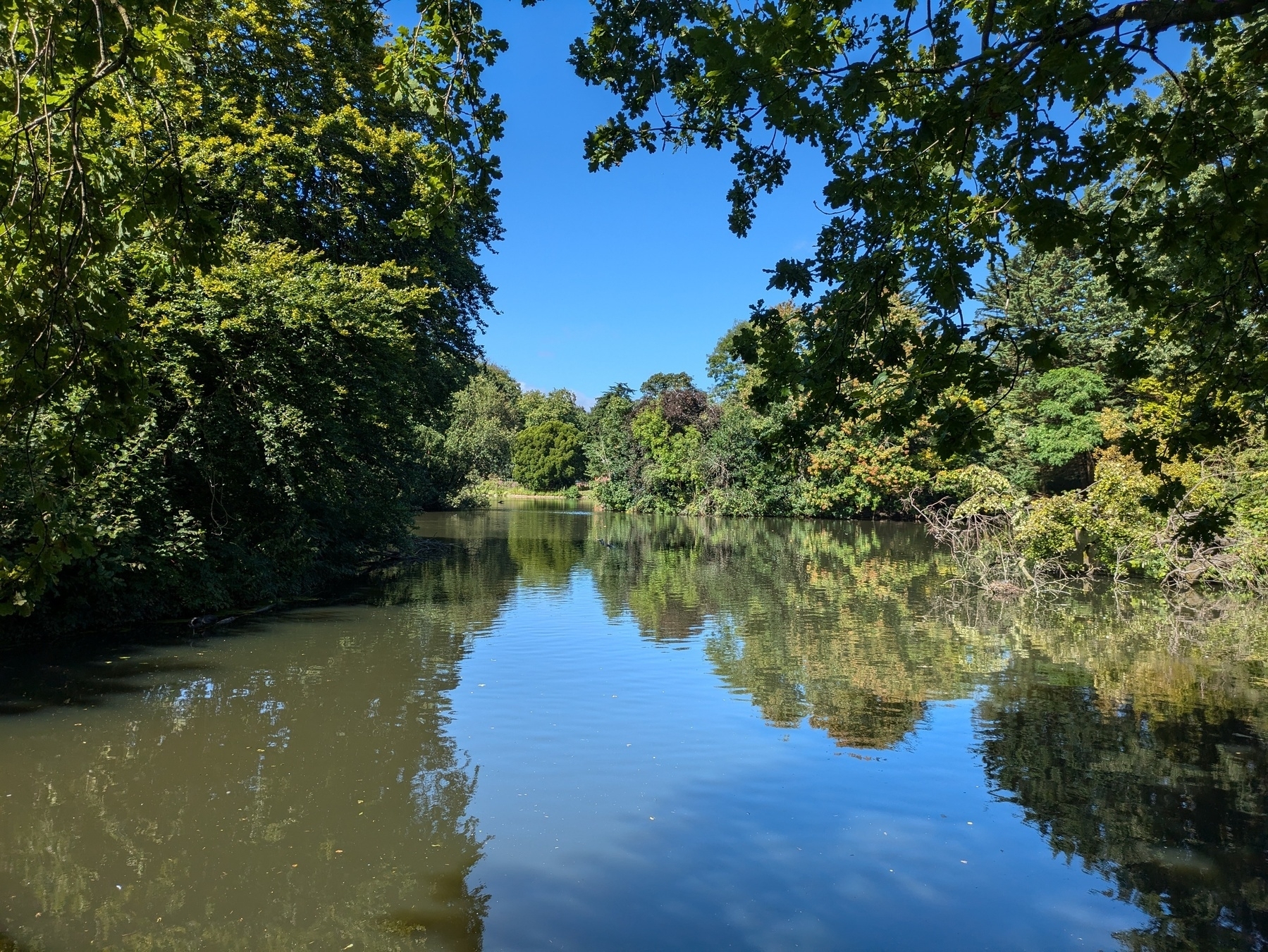
Given I’m on a Julian Barnes streak, I decided to watch The Sense of an Ending (based on his Man Booker Prize novella) and very good it was too. 🎥
Lots of Convolvulus flowering. Apparently this pattern is caused by insects attacking the bud. earthstar.blog/2017/07/1…
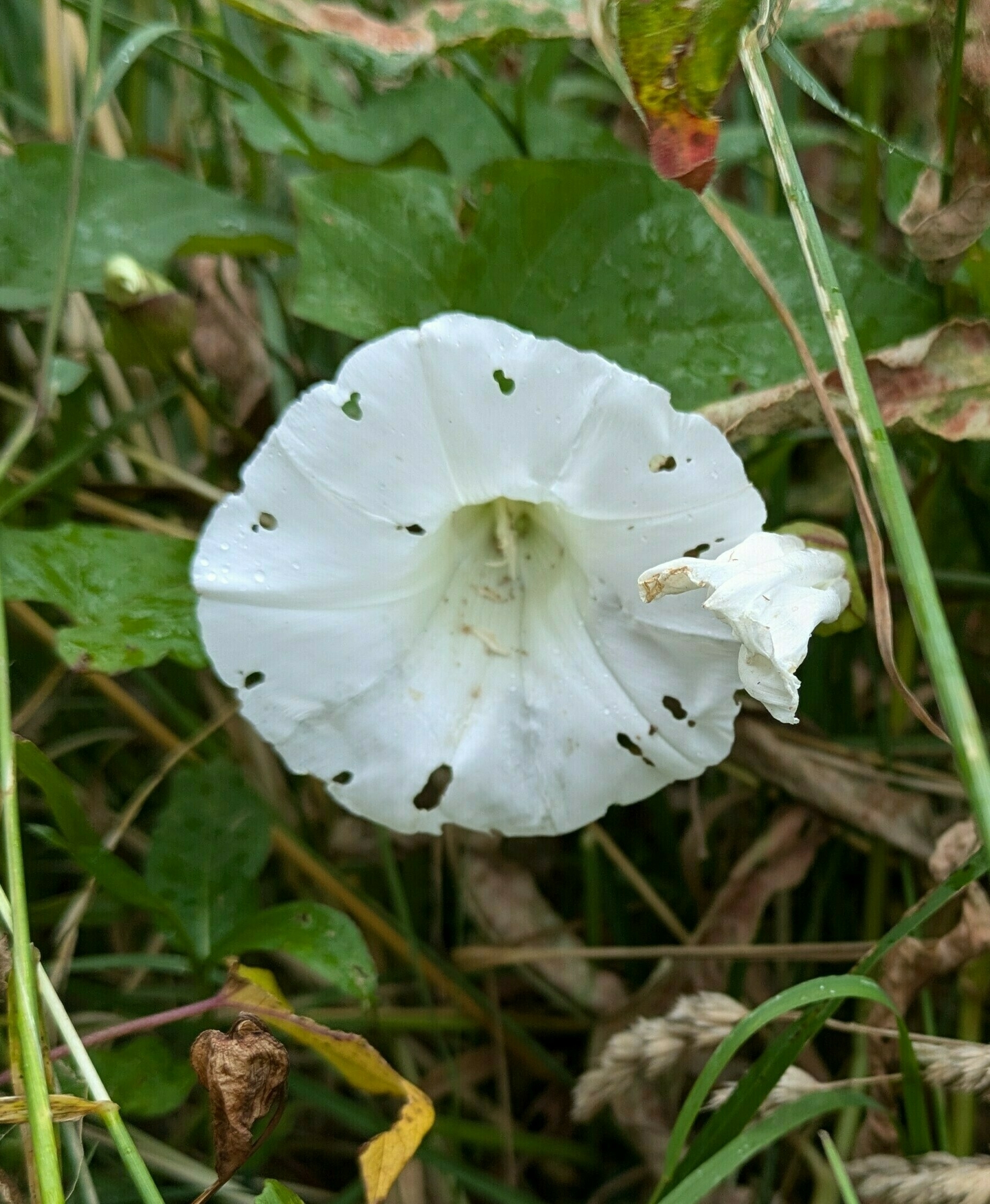
Greenway on this morning’s perambulation.

Distant view of a maintenance platform out in Liverpool Bay this afternoon.
